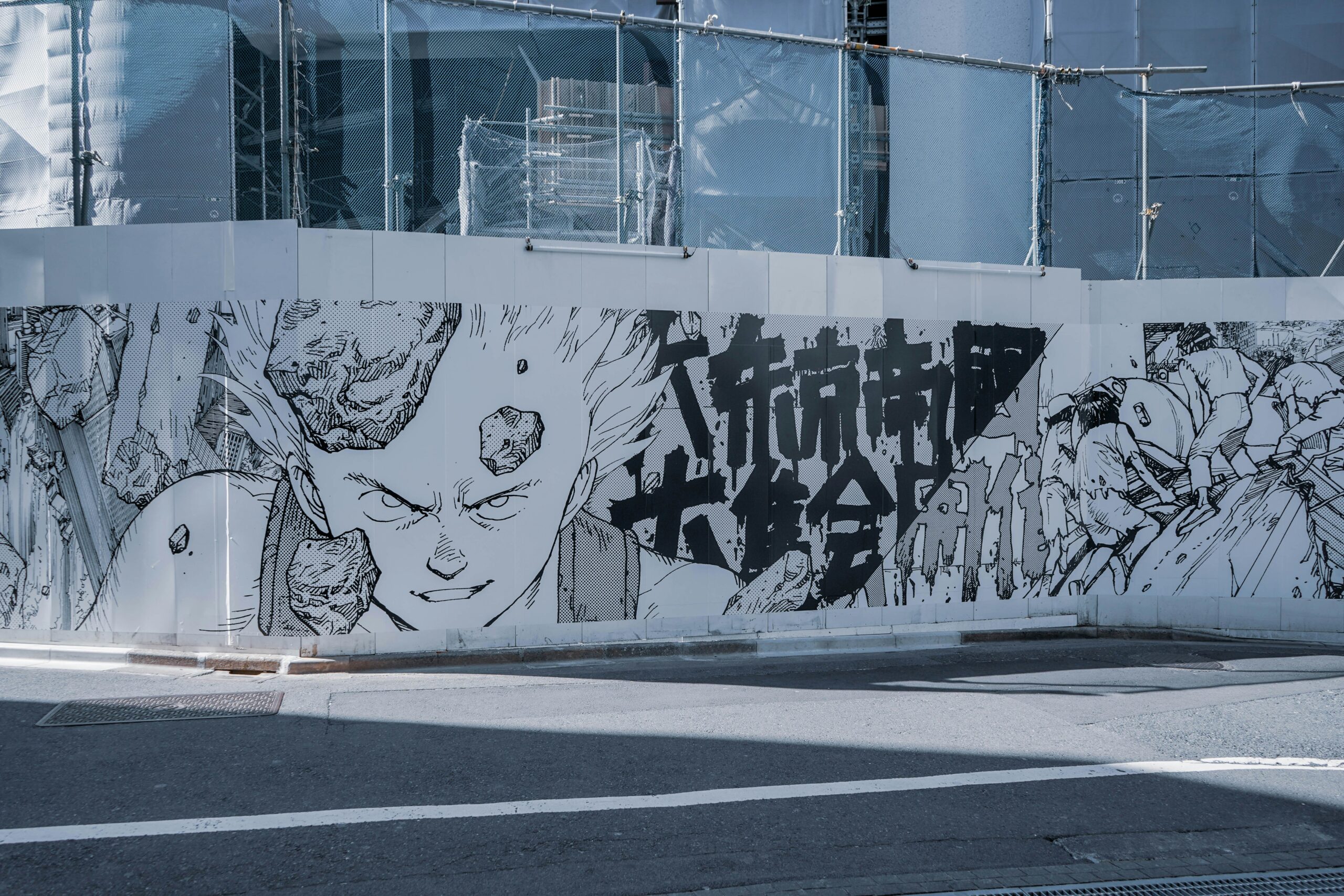The name “namco TOKYO” often brings to mind the well-known game center in Shinjuku. It’s operated by Bandai Namco Amusement, a company widely recognized for its arcades. However, their efforts go far beyond traditional game centers. One example is “VS PARK,” a facility packed with large-scale attractions that feel like something out of a TV variety show. Guests can run, throw, hit, and jump—enjoying a wide range of fun and active entertainment experiences.
In this interview, we spoke with Mr. Matsumura from the Corporate Strategy Section of the Corporate Planning Division at Bandai Namco Experience. His department is helping the company expand in multiple directions.
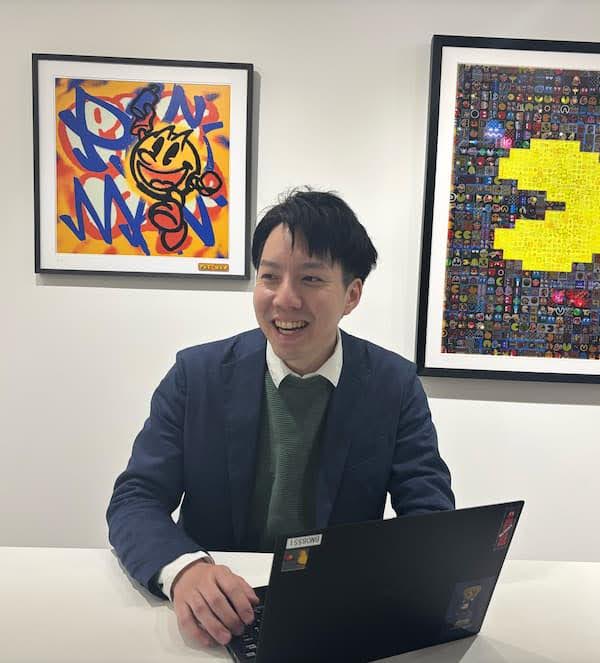
B- What exactly does the Corporate Strategy Section of the Corporate Planning Division at Bandai Namco Experience do?
Matsumura- This is a job about finding business seeds. It will be a department that considers new business ventures rather than existing businesses.
B- So was the collaboration with art something you intentionally pursued as part of that initiative?
Matsumura- Actually, the collaboration with art happened more by chance. Or rather, it started from a personal introduction. The moment I saw GAAAT’s work, I immediately felt the strong compatibility with our IP and sensed that it could offer a new kind of value we hadn’t explored before. That’s what led us to pursue the project more seriously.
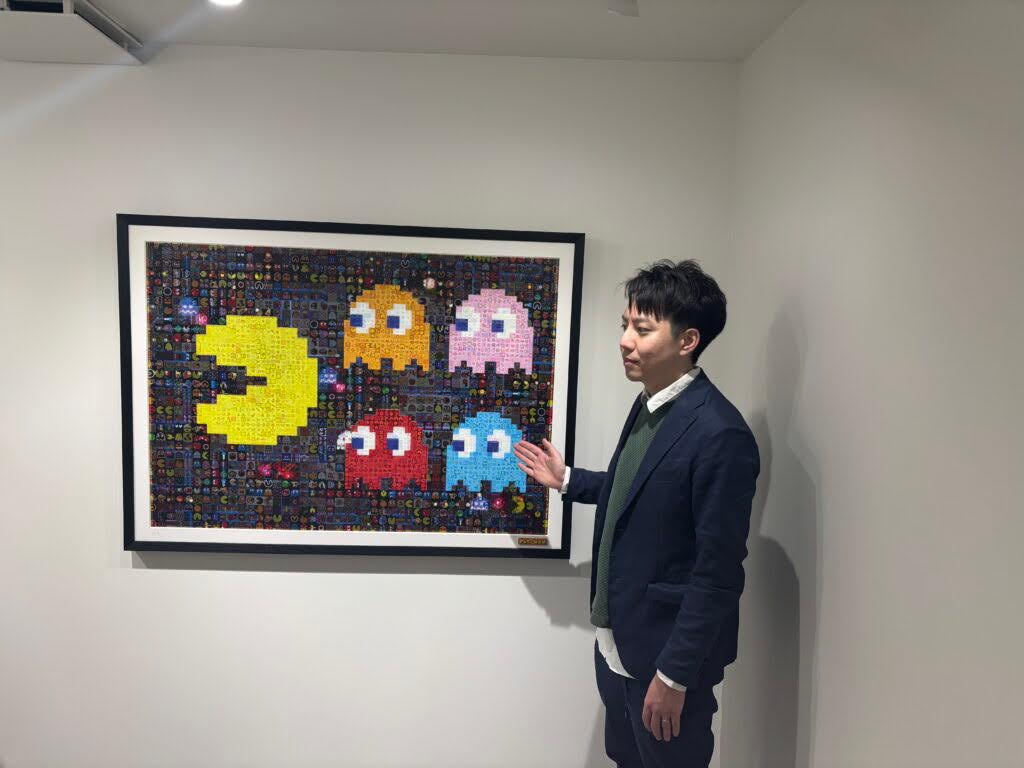
B- When it came time to actually create an art piece, why did you choose PAC-MAN?
Matsumura- Well, part of the reason is just because I personally like PAC-MAN. But beyond that, the first target market that came to mind was inbound tourists.
B- That makes sense. Japanese anime and manga are extremely popular overseas.
Matsumura- During the COVID-19 lockdowns, streaming platforms grew rapidly.
As a result, Japanese anime became much more widely recognized around the world.
B- I see.
Matsumura- PAC-MAN is especially popular in the United States. The level of enthusiasm is incredible. I felt that if we could transform PAC-MAN into an appealing and properly crafted piece of content, it would definitely resonate with a lot of people.
B- And you ended up making a piece of MCA (Metal Canvas Art), right?
Matsumura- That’s right.
B- Why did you choose that format?
Matsumura- IP characters often appear on functional goods. For example, characters printed on pens or used on drink packaging. These are mostly forms of added value.
B- So, they’re more like secondary features.
Matsumura- When it comes to emotional value, figures, plush toys, or acrylic stands are the main products. But I was looking for something different. I wanted something that would let characters blend naturally into everyday life — something people could admire and aspire to own. Then I came across MCA. I thought, “This piece instantly communicates its value.” It felt like something worth spending money on. That made me want to give it a try.
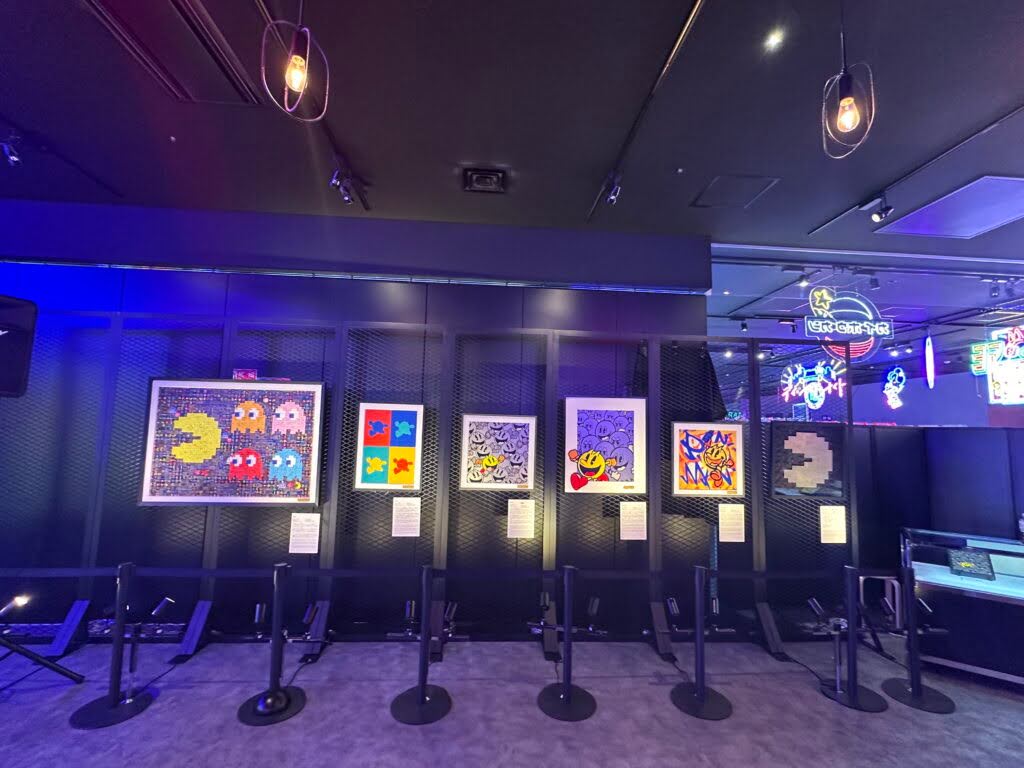
B- You also planned an immersive, interactive entertainment experience alongside it, right?
Matsumura- Yes, that’s right.
B- I heard it was an event where people could dance to live music, carry a mikoshi (portable shrine), view the art, and even purchase them.
Matsumura- It all started with the idea of creating a music event that combined our content, targeted at inbound visitors. But we thought — just offering music and drinks wouldn’t be enough to make it interesting. So as we brainstormed, one suggestion was, “What if people could carry a mikoshi?” At first, I thought, “No way, that’s not going to work.” But that night, I couldn’t stop thinking about the idea. Eventually, I realized it actually might be a lot of fun. That’s what convinced me to give it a shot.
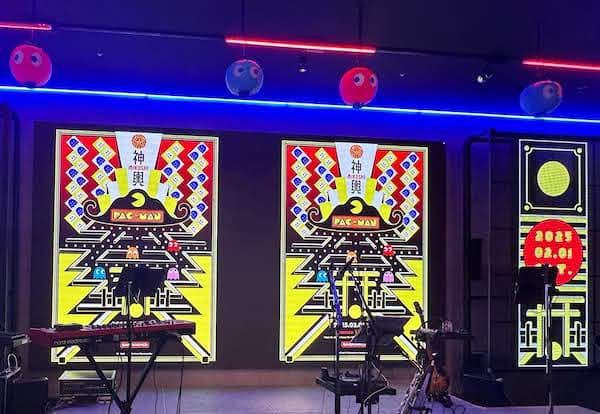
B- Why did you choose City Pop for the music?
Matsumura- This was also part of our strategy to attract inbound visitors. We aimed to combine our content with city pop, which enjoys incredible recognition and popularity in the United States. Here is a bit of a behind-the-scenes story. Originally, we wanted to create a full piece of music using only the sound effects and audio from PAC-MAN. But we needed about 30 to 40 minutes of live music for the event. Since PAC-MAN is a game from 1980, there just wasn’t enough original sound material to fill that much time. That was another reason.
B- I see.
Matsumura- The music producer we worked with suggested using sound effects from PAC-MAN along with 1980s city pop — the era PAC-MAN was born in. We thought it was a great idea and decided to go with it.
You could enjoy drinks while listening to live city pop music. On top of that, you could carry a mikoshi, see artwork, and even buy them. Now that we’ve heard the purpose and details behind this seemingly unrelated mix of experiences, we’ll explore the background of how and why this event was planned in the next part.
PAC-MAN™& ©Bandai Namco Entertainment Inc.



